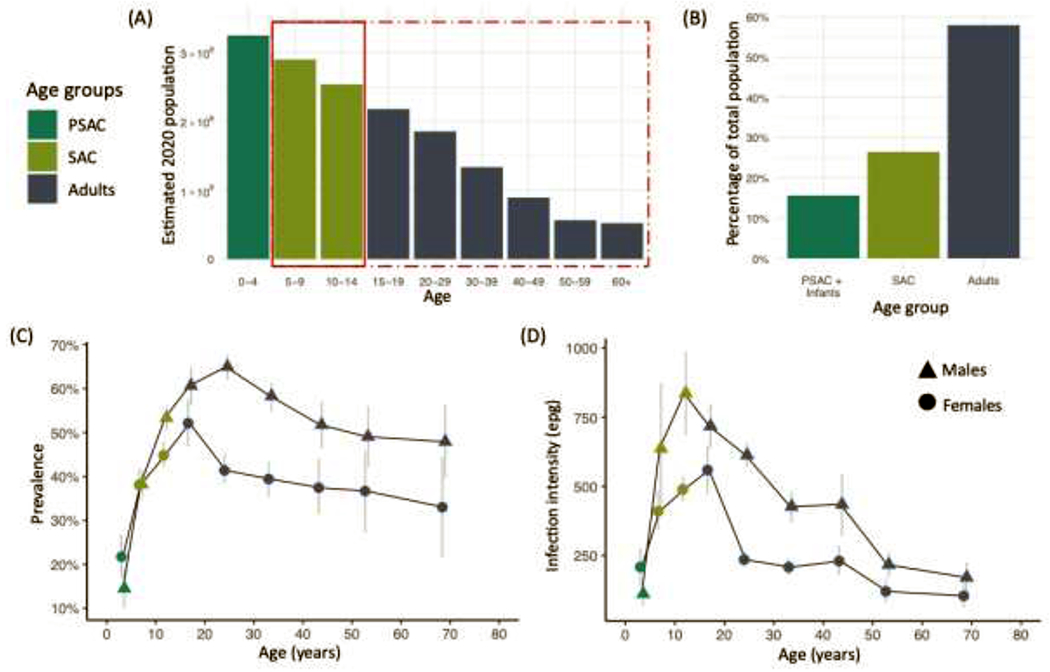Figure 2. Distribution of populations and schistosomiasis burden across age groups in sub-Saharan Africa.

(A) Growing populations in sub-Saharan Africa means that the population, on average, is very young [14], the solid red rectangle indicates individuals eligible for school-based mass drug administration (MDA), whereas the dot-dash rectangle indicates those currently included in community-based MDA. (B) The majority of the population are in the adult age group (ages 15 and above). (C) Prevalence of Schistosoma mansoni across major age groups in a survey of 10,000 in Uganda (data from [15]). Peak prevalence in females occurs between 15-19 years, whereas males’ peak prevalence occurs from 20-29 years, and then falls in both sexes as they grow older. (D) Schistosoma mansoni infection intensities from the same population, showing infection intensities peak at approximately the same age (or even older for females) and then decline more rapidly than prevalence.
